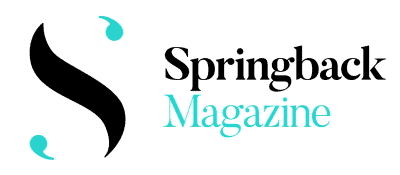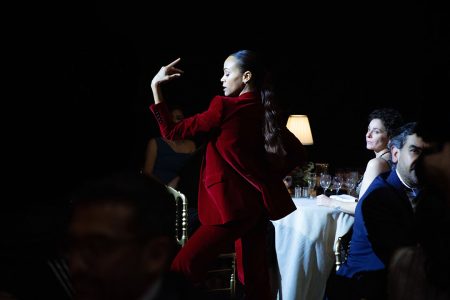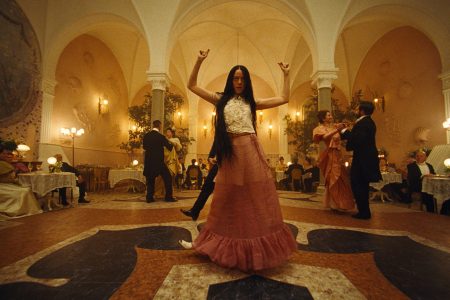To begin with an acknowledgment of how everything has changed and the world of theatre faces unprecedented challenges seems, seven months in to our paradigm-shifting plague, so obvious it feels almost like the sort of clichéd opener an editor would remove. [Something less commonplace?], a marginal note might read.
It’s fortunately possible to think of the BFI London Film Festival’s new virtual and augmented reality strand, LFF Expanded, as innovative engagement with the medium of film in and of its own right, rather than only a way of adjusting to this terrible new reality where theatres close and audiences shrink and jobs are cut. Though it might be difficult to look at film and performance with optimism right now, LFF Expanded’s programme assures us that boundaries are still being tested, play and curiosity and experimentation are still supported in a time of uncertainty. That virtual reality and film can also be beamed directly into the living rooms, bedrooms and home offices of audiences is relevant and cheering: we continue to be an audience, together apart.
We are at the very start of the age of virtual and augmented reality: the technology exists, but sometimes at glitching, counterintuitive or superfluous levels. (In ten years, we might look at the helmet-like headsets the way we now look at 1980s brick-thick carphones.) When VR works, viewers come away with a real sense of having witnessed the crystallisation of a new art form. When it doesn’t, it can feel baffling or frustrating, making grouchy Luddites out of the most tech-savvy.







